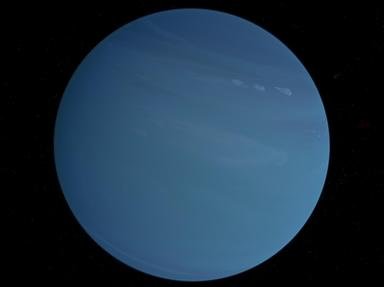Quiz Answer Key and Fun Facts
1. Which astronomer was the first to discover the planet Uranus?
2. Almost all of the moons of the planet Uranus are named after which of the following?
3. In relation to the planet Uranus, what are Zeta, Alpha, 6, 5 and Epsilon?
4. Can life (as we know it) exist on the planet Uranus?
5. What gives the planet Uranus its distinctive blue-green colouring?
6. It's almost the million dollar question... how much larger is the planet Uranus in volume compared to the Earth?
7. Uranus is the only planet in our solar system whose equator is almost at right angles to its orbit.
8. Which of the following statements about the planet Uranus is *NOT* true?
9. How long did it take Voyager 2 to reach Uranus?
10. Uranus is the third largest planet in our solar system but what is the strength of its gravity when compared to that of the Earth?
Source: Author
pollucci19
This quiz was reviewed by FunTrivia editor
rossian before going online.
Any errors found in FunTrivia content are routinely corrected through our feedback system.
